2014 marks my third year traveling to the Toronto International Film Festival, and each year I try to expand the scope of my visit – more days, more movies and more experiences. This year I visited for the final five days of the festival and checked out 16 films of a wide variety of genres, budgets and scope. While this is a fairly conservative number compared to many of my fellow critics, for me it would still represent a rather massive (and expensive) undertaking. From September 10th to the 14th, it was going to be all movies, all the time.
I attend the final few days of the festival not only because it can be slightly less expensive and a bit easier to actually get into certain films, but also because much of the buzz and bluster of the initial galas and film premieres has been whittled away. I am there to see movies. I don’t care about celebrities or glamour or red carpets. I just want to get as many films into my eyeholes as I can. Removed from some of the hype, you can discover some wonderful hidden gems, or stumble upon something that has been undervalued. It’s an exciting experience, and one shared by my wife who cares little for genre filmmaking and tolerates the festival experience more than she actively enjoys it.

By the time I arrived in Toronto on September 10th, the festival was in full swing. Volunteers were a well-oiled crew who knew how to handle crowds, while attendees ranged from bright-eyed socialites in suits/dresses to dead-eyed schlubs who obviously required more vitamin-D. My first film was the Gabe Polsky-directed hockey documentary RED ARMY. A few years back, Polsky produced Werner Herzog’s BAD LIEUTENANT: POINT OF CALL NEW ORLEANS and Herzog returns the favor with a producing credit here. It’s a wildly entertaining doc that benefits greatly from the presence of the charismatic, outspoken Vyacheslav Fetisov at its center. The film is primarily concerned with the death throes of the USSR and the desperation to maintain their hockey talent in the wake of glasnost, but also about the inhumane way that the talent was developed and the brotherhood that developed between these Russian players. It’s a fascinating story, and tinged with great moments of humor. A real highlight.
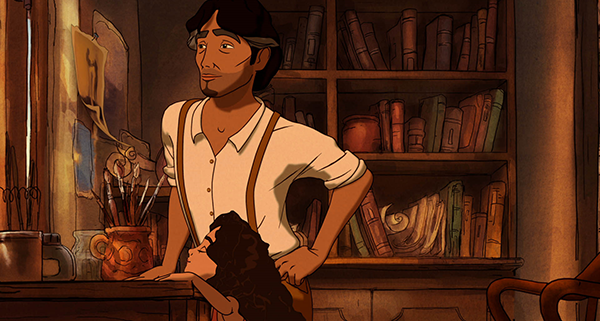
Initially I had attempted to schedule a screening of Morten Tyldum’s THE IMITATION GAME next, but early reviews (and some significant star-power) soon meant tickets were impossible to come by. Instead, I somewhat randomly purchased tickets for KAHLIL GIBRAN’S THE PROPHET; Salma Hayek’s passion project adaptation of the classic book. My familiarity with Gibran was almost non-existent going in, but I was intrigued by the talent involved – particularly the curious voice cast (which includes Liam Neeson, John Krasinski and Quvenzhané Wallis) and the outstanding collection of animation directors – including the great Bill Plympton.
The feature is hobbled a bit by its framing story; which concerns an imprisoned poet being persecuted by a government that is increasingly scared by his political poems and influence. It comes to life during the adaptation of the poetry itself, all demonstrated in a different style and by a different director. These segments are uniformly beautiful, though some will have obviously have more resonance than others depending on the viewer. I found myself enraptured by the various styles and interpretations, and the occasional musical contributions (from Damien Rice, Glen Hansard, and Yo-Yo Ma) fit perfectly into the tone of the film. I’m not sure children will have the patience for it, but more mature audiences will find plenty to appreciate.
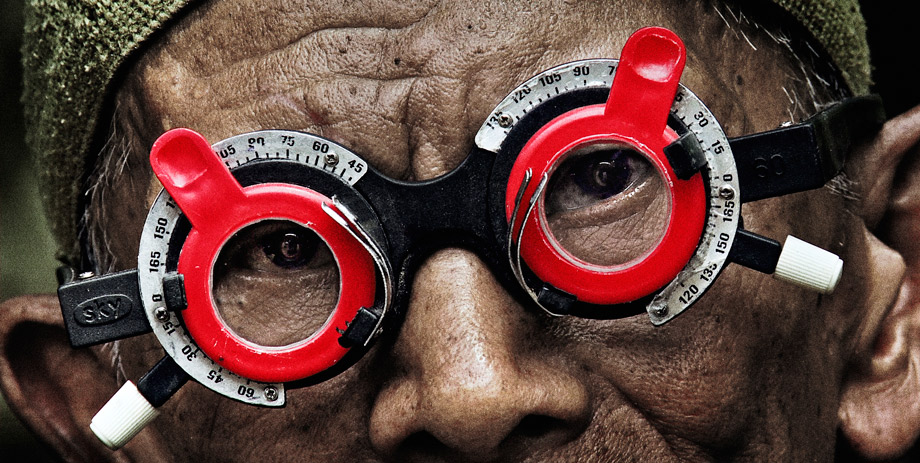
My next film – and final one of my first day – was perhaps my most anticipated of the entire festival. I’ve spoken at length of my love for Joshua Oppenheimer’s incredible 2012 documentary THE ACT OF KILLING, and the ghost of that film is strongly on display in his companion piece follow-up THE LOOK OF SILENCE. Despite the similar subject matter of the Indonesian extermination of accused Communists in the mid-60s, THE LOOK OF SILENCE is much more concerned with the victims of this violence than with its perpetrators. In fact, while much of the subject matter (and some of the interview subjects) are similar to that initial film, THE LOOK OF SILENCE differs massively from its predecessor.
Most of the film is spent with a rather mild-mannered optometrist named Adi who – through a series of interviews – confronts those responsible for the kidnapping and murder of his brother five decades previous. This is punctuated by Adi viewing footage of these men; some of whom still hold major political power in the area, bragging about their killings – including that of Adi’s brother. It makes for stirring, upsetting viewing, particularly as Adi is putting himself and his family in harm’s way through these verbal confrontations. More than once the interviewees make veiled threats to Adi when the verbal sparring turns into justified (though sedate) accusations. A late sequence shows Adi’s wife – who was seemingly unaware what he was taking on – accusing him of putting them in danger. But what most resonates are the long pauses, featuring Adi’s questioning eyes staring holes in his interview subjects.
As with THE ACT OF KILLING, the artifice of what we’re seeing is never far from the viewers mind. We’re firmly within Oppenheimer’s grasp here, but the lingering feeling is one of understanding rather than manipulation. These two films make for a monumental accomplishment, though I do feel like THE LOOK OF SILENCE is more satisfying and comprehensible if one views THE ACT OF KILLING first.
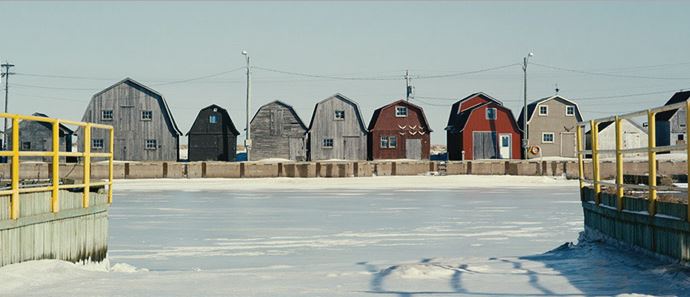
Day two began with what I always find to be a usual highlight of my festival viewing: the SHORT CUTS CANADA short film collections. Specifically, the SHORT CUTS CANADA PROGRAMME 5, which was a perfectly sequenced appetizer to the films of that day. While some cinephiles snub their noses at shorter work, it’s an opportunity to appreciate so much young talent in a single two hour sitting. The work (and filmmakers) tend to be unpretentious and appreciative, and the films full of passion. Highlights of this program included the animated Noah’s Ark spoof DAY 40, Slater Jewell-Kemker’s gorgeous drama (with a science-fiction twist) STILL, and Grayson Moore’s outstanding PEI-set severed foot tale RUNNING SEASON. If I could, I’d take in every one of these collections, as they always provide plenty of food for thought.
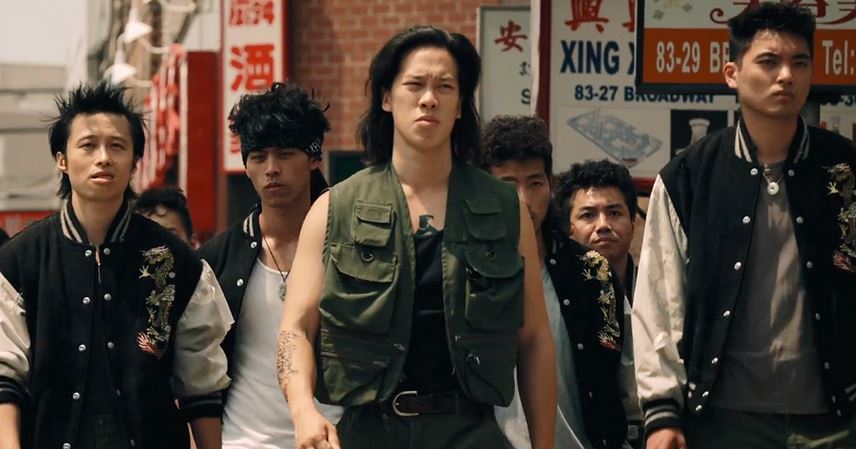
Next up was the Martin Scorsese-produced, Andrew Lau & Andrew Loo directed crime film REVENGE OF THE GREEN DRAGONS, focusing on the rise of Chinese gangs in 80s and early 90s New York City. It’s a rather odd project, with the co-directors maximizing the (now rather ironic) Scorsese influence of the INFERNAL AFFAIRS films, but being hampered by a difficult tone and some clunky dialogue. Justin Chon gives his all in the lead, but the cartoonish performances surrounding him seem at odds with the occasional dips into docu-drama. Certainly entertaining, but feels oddly unpolished.
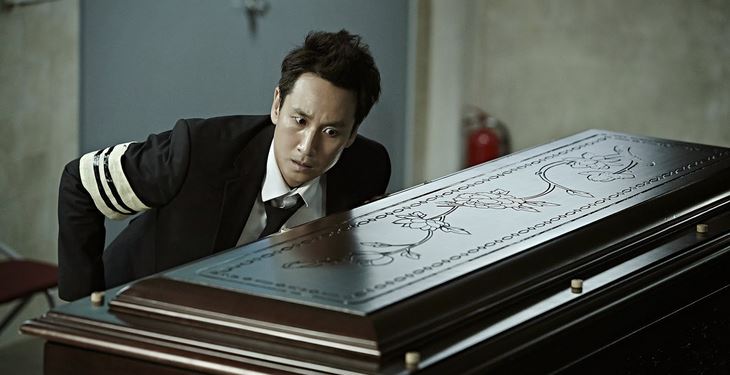
My expectations were muted for Kim Seong-hoon’s A HARD DAY, but the packed house at the Isabel Bader Theatre went wild for the darkly comic crime thriller. With a feverish pace and a tone reminiscent of prime Hitchcock, the film propels forward from one tense, outrageous set-piece to the next. Eventually things explode into horror territory, with Lee Seon-gyun’s corrupt (but sympathetic) cop facing off against a seemingly unstoppable foe. A ridiculous amount of fun, and worth seeing with a large crowd.
More to come, including Astron-6’s THE EDITOR, Maori martial arts film THE DEAD LANDS and Abel Ferrera’s PASOLINI!
- [NO-BUDGET NIGHTMARES] PODCAST #80: PLAGA ZOMBIE (1997) - July 25, 2016
Tags: 2014, A Hard Day, Crime, Cult, documentary, Korea, Prophet, Red Army, Revenge of the Green Dragons, Salma Hayak, Scorsese, TIFF, Werner Herzog

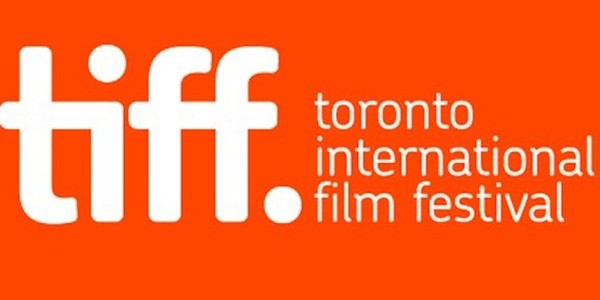

No Comments